The Architecture of Doom is a film of genre Documentary with Bruno Ganz
The Architecture of Doom (1989)
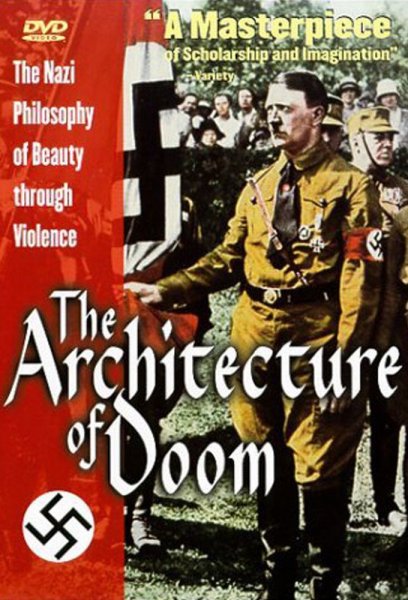
If you like this film, let us know!
Length 1h59
Genres Documentary
Themes Documentary films about architecture, Documentary films about the visual arts, Documentary films about war, Documentary films about historical events, Documentary films about politics, Political films, Documentary films about World War II
Rating79%










The Architecture of Doom (Swedish: Undergångens arkitektur) is a 1989 documentary by Swedish director Peter Cohen and narrated by Rolf Arsenius. German- and English-language versions have also been released.
Actors
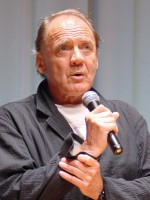
Bruno Ganz
(German narrator (voice))

Jeanne Moreau
(French narrator (voice))
Comments
Leave comment :
Suggestions of similar film to The Architecture of Doom
There are 164 films with the same actors, 8969 with the same cinematographic genres, 8450 films with the same themes (including 0 films with the same 7 themes than The Architecture of Doom), to have finally 70 suggestions of similar films.If you liked The Architecture of Doom, you will probably like those similar films :
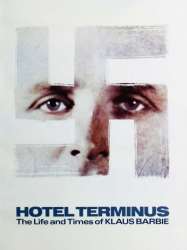 , 4h27
, 4h27Directed by Marcel Ophuls
Genres War, Documentary
Themes Documentary films about law, Documentary films about war, Documentary films about historical events, Documentaire sur une personnalité, Political films, Documentary films about World War II, Histoire de France, L'Occupation allemande en France
Actors Claude Lanzmann, Marcel Ophuls, Jeanne Moreau, Bertrand Tavernier
Rating75%





Ce documentaire trace le portrait complexe et détaillé d'un des plus grands criminels de guerre : Klaus Barbie, connu pour être le boucher de Lyon. Officier de la Gestapo ayant torturé à mort Jean Moulin et mené à la déportation de centaines de juifs de France, notamment les enfants d'Izieu, découvrez également sa double vie d'agent des services secrets américains puis d'homme d'affaires en Bolivie. Résultant d'une enquête de deux ans auprès de quatre-vingt personnes interviewées dans le monde entier, ce film révèle un éclairage important sur la responsabilité de chaque partie concernant les crimes et la traque de Klaus Barbie.

Prague (1992)
, 1h30Origin United-kingdom
Genres Drama, Documentary
Themes Films about religion, Political films, Films about Jews and Judaism
Actors Alan Cumming, Sandrine Bonnaire, Bruno Ganz, Petr Jákl
Rating63%





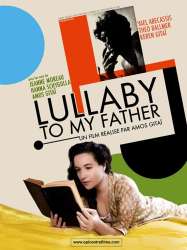
Lullaby to My Father (2013)
, 1h27Directed by Amos Gitaï
Genres Drama, Documentary
Themes Documentary films about architecture
Actors Jeanne Moreau, Hanna Schygulla, Ran Danker, Amos Gitaï, Yaël Abecassis, Hanna Maron
Rating54%





Le film entrelace événements historiques et souvenirs intimes. J’observe la façon dont l’architecture représente les transformations de la société et ceux qui donnent forme à cette architecture. Nous suivons le parcours de Munio, mon père, né en 1909 en Silésie, en Pologne, fils d’un métayer d’un junker prussien. A l’âge de 18 ans, Munio part à Berlin et à Dessau pour aller rencontrer Walter Gropius, Kandinsky et Paul Klee au Bauhaus. En 1933, le Bauhaus est fermé par les nazis, qui accusent Munio de trahison envers le peuple allemand. Munio est emprisonné, puis expulsé à Bâle. Il part pour la Palestine. A son arrivée à Haïfa, il entame une carrière d’architecte et il adapte les principes européens modernistes au Moyen Orient.
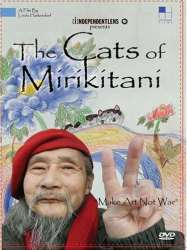
The Cats of Mirikitani (2006)
, 1h14Genres Documentary
Themes Films based on the September 11 attacks, Prison films, Films about racism, Films about religion, Films about terrorism, Transport films, Aviation films, Documentary films about the visual arts, Documentary films about racism, Documentary films about law, Documentary films about war, Documentary films about historical events, Documentaire sur une personnalité, Documentary films about politics, Documentary films about religion, Documentary films about technology, Documentary films about terrorism, Political films, Films about Islam, Documentary films about World War II, Disaster films, Films about aviation accidents or incidents, Films about hijackings
Rating81%





In 2001 Japanese American painter, Jimmy Mirikitani (born Tsutomu Mirikitani), and over 80 years old, was living on the streets of lower Manhattan. Filmmaker, Linda Hattendorf, took an interest and began

The Rape of Europa (2006)
, 1h57Origin USA
Genres War, Documentary, Historical
Themes Documentary films about the visual arts, Documentary films about war, Documentary films about historical events, Documentary films about politics, Political films, Documentary films about World War II
Actors Joan Allen
Rating76%





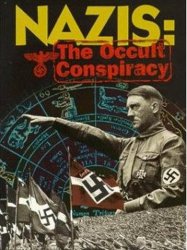
Nazis: The Occult Conspiracy (1998)
, 1h44Origin USA
Genres Documentary
Themes Documentary films about war, Documentary films about historical events, Documentary films about politics, Political films, Documentary films about World War II
Actors Malcolm McDowell
Rating71%





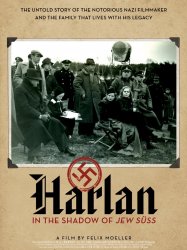 , 1h39
, 1h39Genres War, Documentary
Themes Documentary films about business, Documentary films about the film industry, Documentary films about war, Documentary films about historical events, Documentaire sur une personnalité, Documentary films about politics, Political films, Documentary films about World War II
Actors Veit Harlan, Hilde Körber, Christiane Kubrick, Kristina Söderbaum
Rating68%





 , 1h53
, 1h53Origin USA
Genres Documentary
Themes Documentary films about war, Documentary films about historical events, Documentary films about politics, Political films, Documentary films about World War II
Rating71%





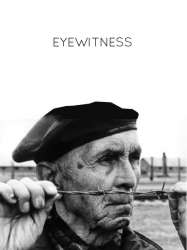
Eyewitness (1999)
Origin USA
Genres War, Documentary
Themes Films about racism, Films about religion, Documentary films about the visual arts, Documentary films about racism, Documentary films about law, Documentary films about war, Documentary films about historical events, Documentaire sur une personnalité, Documentary films about religion, Political films, Films about Jews and Judaism, Documentary films about World War II
Rating68%





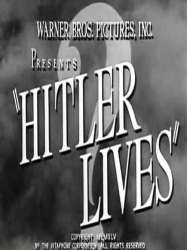
Hitler Lives (1945)
, 17minutesDirected by Don Siegel
Origin USA
Genres Documentary
Themes Documentary films about war, Documentary films about historical events, Documentaire sur une personnalité, Documentary films about politics, Hitler, Political films, Documentary films about World War II
Actors Knox Manning
Rating53%





Documentaire de propagande expliquant que l'idéologie nazie pourrait se diffuser à nouveau malgré la mort du Führer et la défaite allemande.
 Connection
Connection